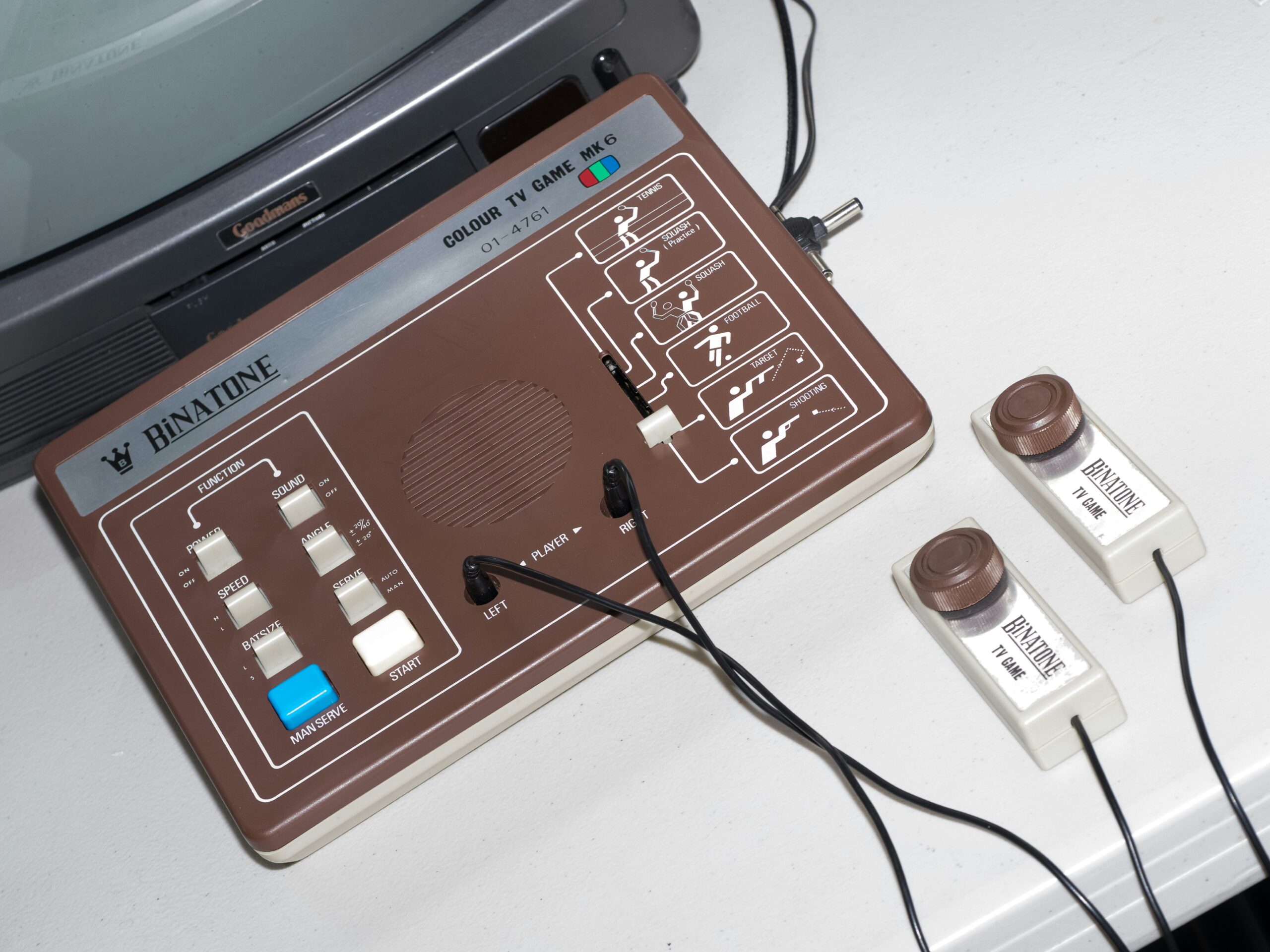
Chronic pain can be a challenging condition to manage, both for patients and healthcare providers. The underlying causes are often complex, and traditional imaging techniques such as X-rays or MRIs may not always reveal the true nature of the pain.
Electrodiagnostics, which includes tests like electromyography (EMG) and nerve conduction studies (NCS), has emerged as a valuable tool for diagnosing and understanding chronic pain, especially when it involves the nerves and muscles.
These tests allow healthcare professionals to measure and analyze the electrical activity in nerves and muscles, offering crucial insights into the root cause of the pain.
What is Electrodiagnostic Testing?
Electrodiagnostics refers to diagnostic tests that measure the electrical activity in muscles and nerves. Electromyography (EMG) and nerve conduction studies (NCS) are the most commonly used techniques.
These tests help healthcare providers assess how well the nerves and muscles function, identifying any abnormalities that might be causing pain.
EMG involves inserting a thin needle electrode into the muscle to detect and record the electrical signals produced during muscle contractions. The procedure can uncover abnormalities in muscle activity, such as muscle weakness or spasms.
NCS, on the other hand, measures how quickly and effectively electrical signals travel through the nerves. These tests are invaluable in diagnosing conditions like peripheral neuropathy, carpal tunnel syndrome, and sciatica, which are often associated with chronic pain.
The Role of Electrodiagnostics in Diagnosing Chronic Pain
Electrodiagnostic testing plays an essential role in the diagnosis of chronic pain, mainly when traditional imaging methods do not provide sufficient answers.
Unlike X-rays or MRIs, which primarily look for structural abnormalities in bones and tissues, electrodiagnostic testing offers a functional perspective by examining how well nerves and muscles work.
For patients experiencing unexplained pain, EMG and NCS tests can provide precise data on whether nerve damage or dysfunction is contributing to the pain.
For example, in cases where a patient has pain radiating from the back or legs, such as in sciatica, these tests can reveal nerve compression or damage that may not be apparent on a CT scan or MRI.
By pinpointing the specific location of the damage and assessing its severity, electrodiagnostic testing helps clinicians develop a more accurate diagnosis and determine the most appropriate treatment.
Electrodiagnostic Testing for Neuropathic Pain
Neuropathic pain is one of the most common and difficult-to-treat forms of chronic pain. It occurs when the nerves are damaged, leading to abnormal pain sensations.
Unlike nociceptive pain, which is caused by tissue injury, neuropathic pain originates from the nervous system and can be more challenging to diagnose.
Electrodiagnostic tests are instrumental in diagnosing neuropathic pain, as they detect nerve abnormalities that may not appear in other tests. Conditions like diabetic neuropathy, post-herpetic neuralgia, and radiculopathy are all types of neuropathic pain that can be assessed with EMG and NCS.
These tests allow healthcare providers to measure the degree of nerve damage and understand how it affects the patient’s pain levels. By identifying the specific nerves involved, clinicians can tailor treatment plans, such as nerve blocks or medications, to address the underlying cause of the pain.
Electrodiagnostics and Treatment Monitoring
Once a diagnosis has been made, monitoring the effectiveness of treatment is essential for managing chronic pain. Electrodiagnostic testing provides an objective means to track progress over time.
By performing repeat EMG and NCS tests, healthcare providers can assess whether nerve function is improving, stabilizing, or deteriorating.
For patients undergoing treatment for chronic pain, such as physical therapy, medications, or nerve injections, electrodiagnostics can offer crucial feedback on the success of the intervention.
If a patient’s nerve function improves, this suggests that the treatment is having a positive effect.
Conversely, if nerve activity does not improve or worsen, the healthcare provider may need to consider alternative treatments. This ongoing assessment helps ensure patients receive the most effective care for their condition.
Limitations of Electrodiagnostic Testing
While electrodiagnostics is an incredibly valuable tool for diagnosing and managing chronic pain, it does have some limitations.
First, these tests primarily focus on the electrical activity of muscles and nerves, which means they may not detect pain originating from other sources, such as joint or soft tissue problems.
Therefore, electrodiagnostics is often used in conjunction with other diagnostic methods to provide a comprehensive assessment of the patient’s condition.
Additionally, interpreting the results of electrodiagnostic tests requires a high level of expertise, as the data can sometimes be complex. Incorrect interpretation or improper testing techniques can lead to misdiagnosis or missed findings.
Furthermore, while these tests can identify nerve damage or dysfunction, they may not always detect early-stage damage, particularly in cases where the nerve injury is minimal or still developing.
Despite these limitations, electrodiagnostic testing remains one of the most reliable methods for diagnosing chronic pain that involves nerve or muscle dysfunction.
The Future of Electrodiagnostics in Chronic Pain Management
As technology continues to advance, the role of electrodiagnostic testing in chronic pain management is expected to grow.
Innovations in EMG and NCS technology, such as high-definition muscle sensors and more sensitive nerve conduction measurements, will likely improve the accuracy and efficiency of these tests.
Additionally, integrating electrodiagnostics with other diagnostic technologies, such as advanced imaging or molecular diagnostics, may provide a more complete picture of chronic pain conditions.
There is growing interest in using electrodiagnostic techniques in conjunction with neuromodulation techniques, such as transcranial magnetic stimulation (TMS) or spinal cord stimulation, to help treat chronic pain.
These treatments aim to alter nerve activity to reduce pain, and electrodiagnostic testing can provide valuable insights into how well these therapies work.